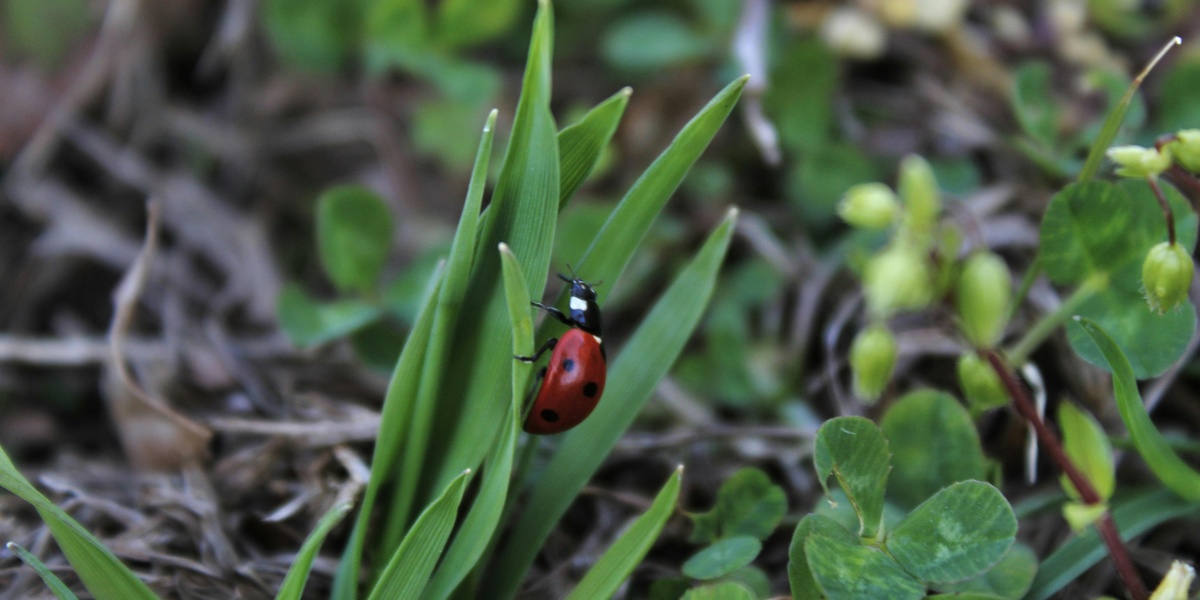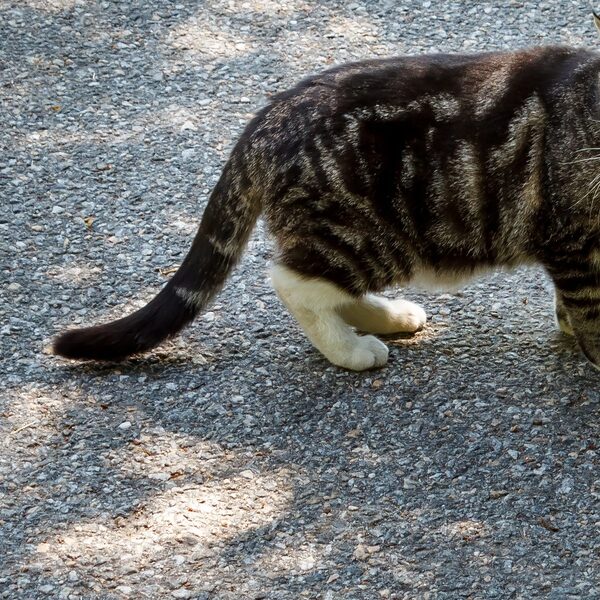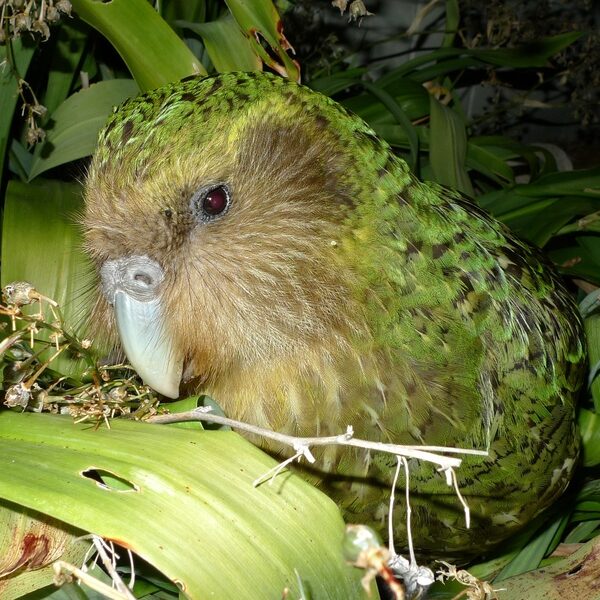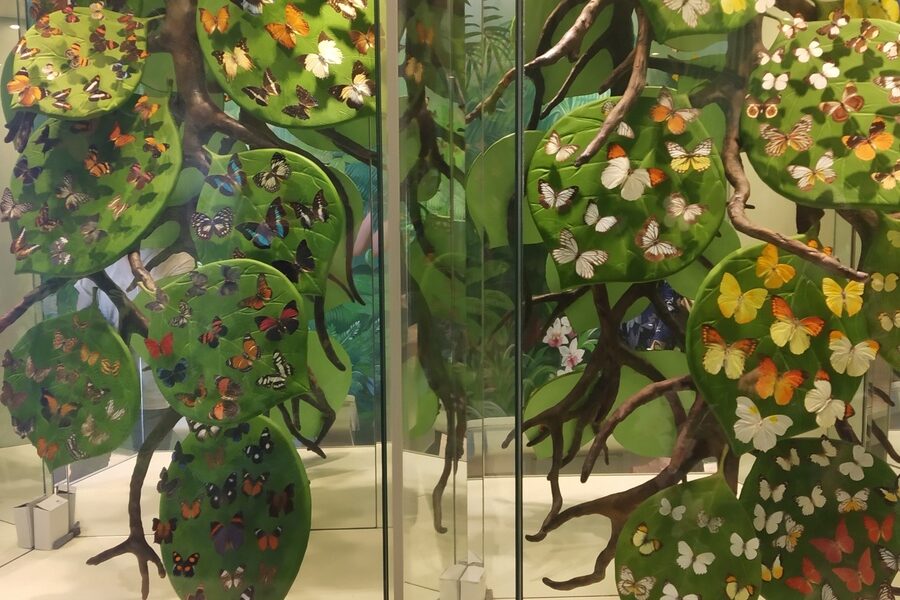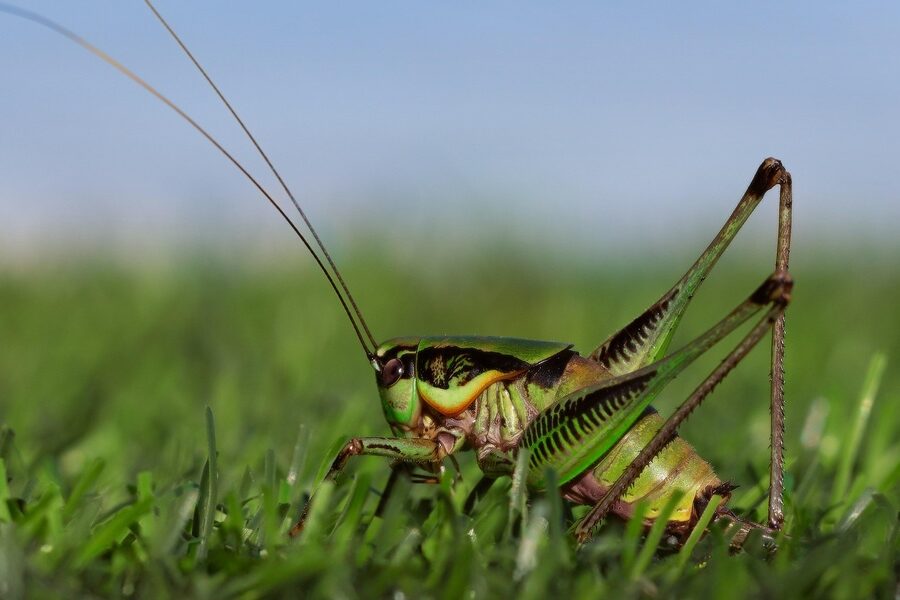From city parks to arid dunes, tiny red creatures add unexpected splashes of color across habitats worldwide. This list focuses on the small, often overlooked species that play real roles in food webs, pest control and pollination.
There are 22 smallest red animals, ranging from the Asian lady beetle to the Velvet ant (cow killer). For each species we list Scientific name,Size (length mm),Range / habitat — details you’ll find below.
How small are the tiniest red species on this list?
Sizes vary: many are under 10 mm, with some beetles and mites measuring just a few millimeters, while larger entries like the Velvet ant can reach several dozen millimeters. See the Size (length mm) column below for exact measurements.
Where am I most likely to spot these small red animals?
Look in flowers, leaf litter, under bark and on native plants; Asian lady beetles are common in gardens and crops, while Velvet ants prefer dry, sandy areas. Check the Range / habitat column below to narrow locations.
Smallest Red Animals
| Name | Scientific name | Size (length mm) | Range / habitat |
|---|---|---|---|
| Red velvet mite | Trombidium holosericeum | 3–5 mm | Europe, leaf litter/soil |
| Giant red velvet mite | Dinothrombium tinctorium | 8–12 mm | Asia (India), soil/leaf litter |
| Red imported fire ant | Solenopsis invicta | 4–6 mm | South America (introduced worldwide), disturbed soil |
| Hawaiian red shrimp | Halocaridina rubra | 20–25 mm | Hawaii, anchialine pools/caves |
| Tomato frog | Dyscophus antongilii | 100 mm | Madagascar, leaf litter/swamps |
| Strawberry poison-dart frog | Oophaga pumilio | 17–25 mm | Central America, rainforest leaf litter |
| Red-backed salamander | Plethodon cinereus | 70–90 mm | Eastern North America, moist forests |
| Two-spot ladybird | Adalia bipunctata | 4–6 mm | Europe/Asia, gardens |
| Seven-spot ladybird | Coccinella septempunctata | 7–10 mm | Europe, fields/gardens |
| Red soldier beetle | Rhagonycha fulva | 8–10 mm | Europe, meadows/flowers |
| Cardinal beetle | Pyrochroa serraticornis | 12–15 mm | Europe, woodland edges |
| Firebug | Pyrrhocoris apterus | 8–12 mm | Europe/Asia, gardens/woodland edges |
| Scarlet lily beetle | Lilioceris lilii | 6–9 mm | Eurasia (introduced N. America), gardens |
| Asian lady beetle | Harmonia axyridis | 5–8 mm | Asia (introduced worldwide), urban gardens |
| Velvet ant (cow killer) | Dasymutilla occidentalis | 6–15 mm | Eastern North America, meadows |
| Ruby-throated hummingbird | Archilochus colubris | 74 mm | Eastern North America, woodlands/gardens |
| Rufous hummingbird | Selasphorus rufus | 86 mm | Western North America, meadows/forests |
| Sexy shrimp | Thor amboinensis | 10–15 mm | Indo-Pacific coral reefs, on anemones |
| Beadlet anemone | Actinia equina | 30–40 mm | NE Atlantic, rocky shores/tidal pools |
| Scarlet dragonfly | Crocothemis erythraea | 28–31 mm | Europe/Africa, ponds/slow water |
| Red jumping spider | Phidippus johnsoni | 4–8 mm | Western North America, shrubs/ground |
| Spanish shawl nudibranch | Flabellinopsis iodinea | 30–50 mm | California to Mexico, rocky reefs |
Images and Descriptions
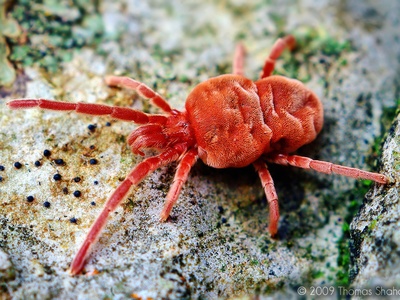
Red velvet mite
Tiny bright red mites often seen as moving velvet dots in soil and leaf litter. Adults measure only a few millimetres and are notable for their velvet appearance and predatory larval stages on insects.
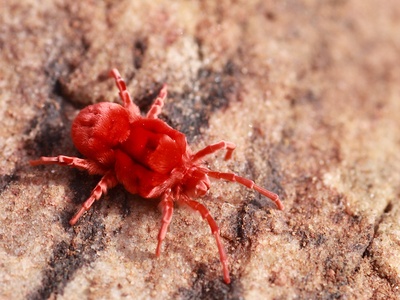
Giant red velvet mite
Giant red velvet mite appears after rains as bright scarlet blobs on soil. Adults reach nearly a centimetre, remarkable for size among mites; larvae parasitize insects while adults scavenge and roam.
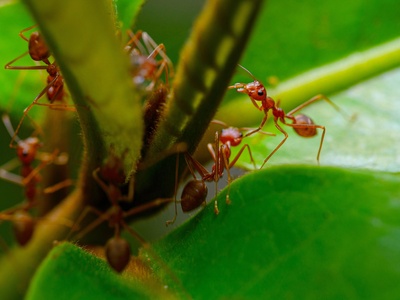
Red imported fire ant
Small reddish worker ants known for painful stings and aggressive colonies. Workers average a few millimetres, form large mounds in disturbed habitats, and are a notable invasive species affecting agriculture and native wildlife.
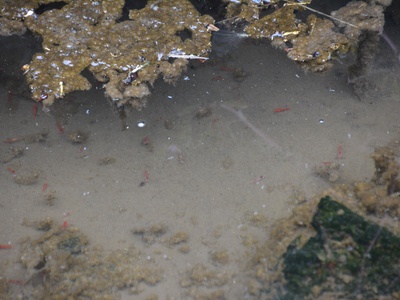
Hawaiian red shrimp
Tiny endemic Hawaiian shrimp that are bright red and thrive in salty freshwater anchialine pools. Adults reach only a few centimetres and are famous in aquaria for hardy nature and vivid red coloration.
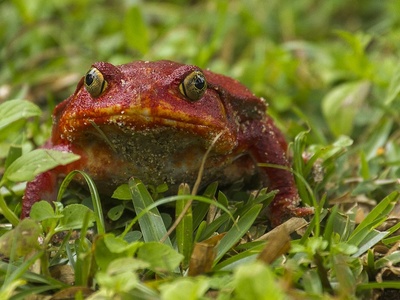
Tomato frog
Rounded, brilliant orange-red frog named for its tomato-like color. Adults can reach around ten centimetres, inflating and secreting sticky toxins when threatened; a charismatic species from Madagascar within the small-animal size limit.
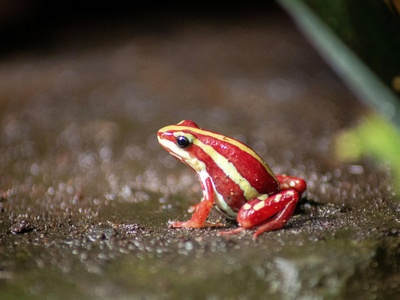
Strawberry poison-dart frog
Tiny, often bright red poison-dart frogs from Central America. Some populations are vividly red and measure under three centimetres as adults; notable for potent skin toxins and striking warning coloration.
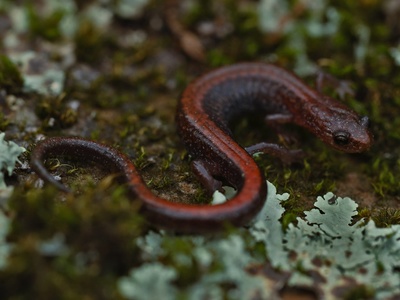
Red-backed salamander
Small woodland salamander often sporting a red dorsal stripe or full reddish backs in many individuals. Adults are under ten centimetres, lungless, found in moist leaf litter, notable for geographic color polymorphism.
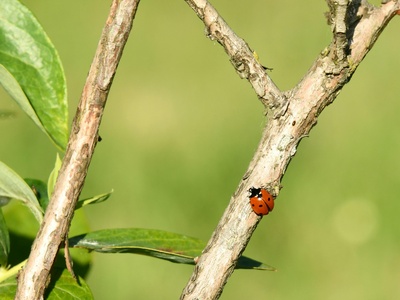
Two-spot ladybird
Common small red ladybird with two black spots on a red shell. Adults are only a few millimetres, popular in gardens as aphid predators and notable for color variation from red to black morphs.
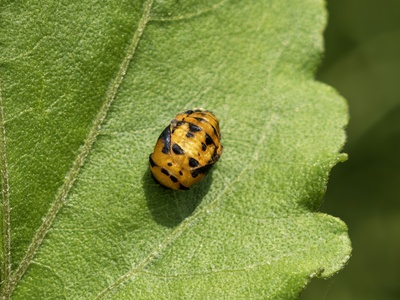
Seven-spot ladybird
Classic red ladybird with seven black spots; adults reach under a centimetre and are familiar garden predators. Notable for biological pest control and instantly recognizable bright red elytra.
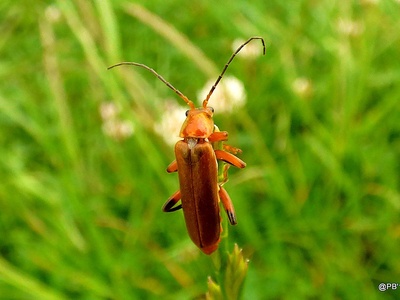
Red soldier beetle
Slim red-orange beetle seen on flowers in summer; adults are under a centimetre and feed on nectar and small insects. Their uniform red elytra make them a common and unmistakable meadow insect.
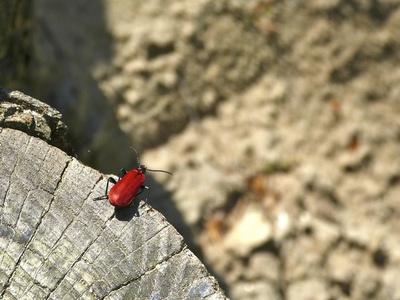
Cardinal beetle
Bright red beetle with flattened body and serrated antennae, adults reach about a centimetre and frequent timber edges. Noted for vivid scarlet color and as predators or pollen feeders on flowers.
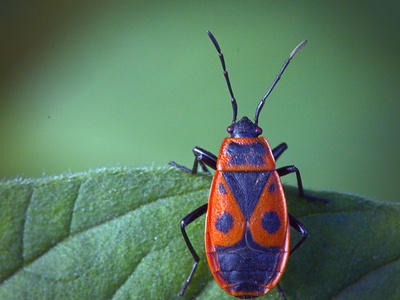
Firebug
Striking red-and-black seed-eating bug easily recognized in clusters on linden trees and walls. Adults are under two centimetres and notable for bold red patterns and communal basking behavior in temperate regions.
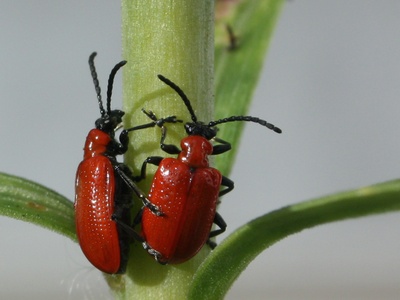
Scarlet lily beetle
Glossy bright red beetle notorious as a lily pest. Adults are small, a few millimetres long, feeding on leaves and flowers; their vivid color and garden impact make them familiar to gardeners.
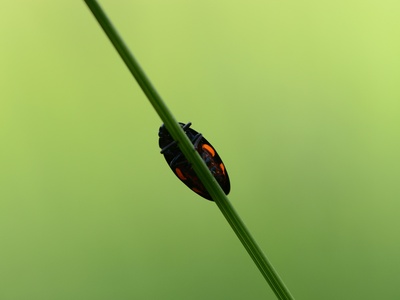
Asian lady beetle
Variable small beetle often red with black spots in many forms; adults are a few millimetres and effective aphid predators. Known for red morphs and invasive tendencies in houses and agricultural areas.
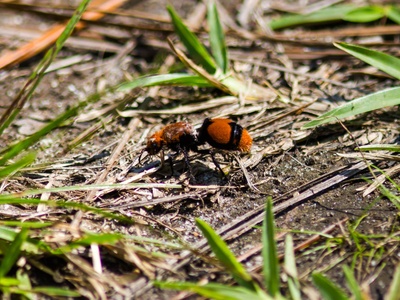
Velvet ant (cow killer)
Wingless female wasps that are bright red and covered in velvet hairs, often called velvet ants. Adults are small, with a notorious sting and mimetic warning coloration deterring predators.
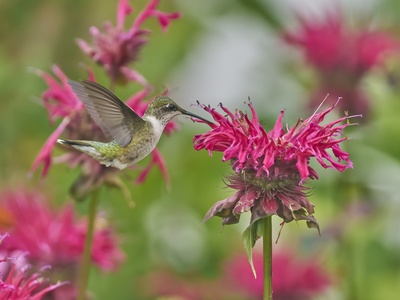
Ruby-throated hummingbird
Tiny migratory hummingbird with adult males sporting a jewel-like red throat patch. At around seven centimetres long, males flash a red gorget when displaying, making them vivid small birds at feeders.
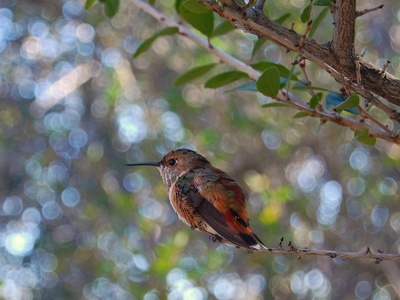
Rufous hummingbird
Small hummingbird often described as rufous-orange to red, males show glowing reddish flanks and throat. Adults measure under nine centimetres and are famed for long migrations and fiery plumage flashes.
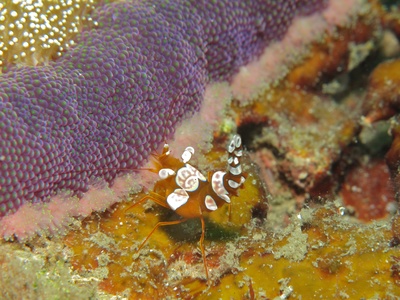
Sexy shrimp
Tiny reef shrimp with red and white banding that rides host anemones and corals. Adults are about a centimetre long, notable for their rocking “dancing” tail motion and bright red markings.
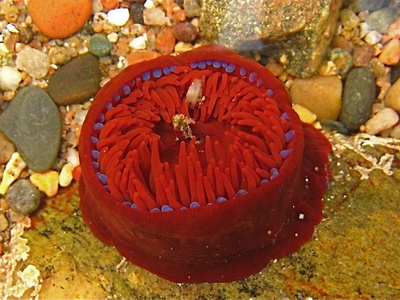
Beadlet anemone
Compact sea anemone often vividly red, with a smooth rounded body up to a few centimetres across. Found on rocky shores and tidal pools, notable for bright red color and ability to retract into a blob.
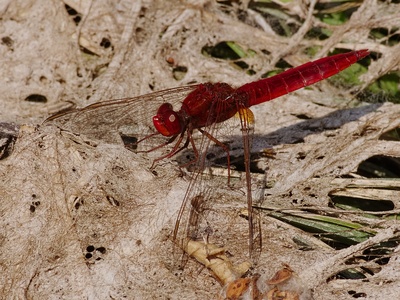
Scarlet dragonfly
Male dragonfly with a brilliant scarlet body under three centimetres long, perching beside still waters. Adults are quick fliers and easily spotted by the vivid red abdomen and territorial behavior around ponds.
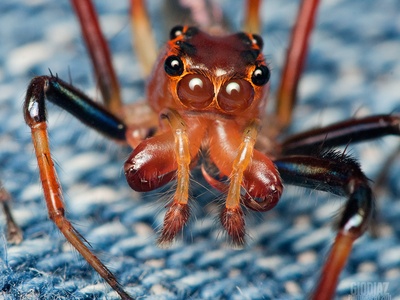
Red jumping spider
Bold little jumping spider often an orange-red to deep red color in males. Adults measure only a few millimetres, notable for excellent vision, curious behavior, and striking red bodies in many populations.
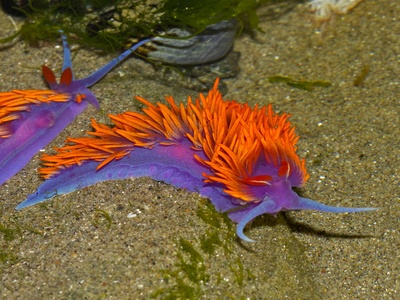
Spanish shawl nudibranch
Vividly colored sea slug with bright orange-red body and purple cerata tips; adults reach a few centimetres and stand out on rocky reefs. Noted for flamboyant color and popularity with underwater photographers.
